Cat declawing is a discomforting and painful procedure for your tiny feline friend, and this complex surgical procedure carries many risks and complications. Considering all the potential risks associated with the procedure of declawing, it is banned in New Zealand, Australia, Israel, and some states of the United States. If you own a cat, you must be emotionally attached to your tiny friend, so most cat owners fear the painful surgical procedure of cat declawing.
Most veterinarians do not suggest declawing at all rather, they try out other solutions to prevent your cat from destroying your home. When the pointy nails of the cat shred the furniture, walls, drapes, and almost everything, the cat owners find no other solution better than declawing.
What is Cat Declawing?
Cat declawing is more than removing the cat’s nails and involves the surgical excision of the cat’s knuckles. The cat’s claws are surgically removed, so they may never return. In the process of declawing, or onychectomy, the cat’s front and back claws are surgically removed. Cats love to do the scratching, and this behavior tends to ruin the furnishings, carpets, and almost everything inside the house. Declawing a kitten’s claws is easier than the adult cat, as removing claws early makes it easier for the kittens to adjust accordingly.
Not necessarily cat declawing is performed to prevent cats from scratching but also in case any cancerous tumor is deteriorating its health. Also, the cat’s claws are a primary source of carrying bacteria, and when the cat snuggles with the owner, these bacteria get easily transferred to the owner. To prevent bacterial spread inside the house, removing the cat’s claws is suggested to prevent the house members from any diseases.
Benefits of Cat Declawing
Veterinarians believe that declawing a cat brings more benefits to the owner rather than the cat itself. However, there are some instances in which cat owners are willing to let their cats go through the procedure of declawing. Some of the potential benefits which can be achieved through cat declawing include the following:
- Declawing may help if a cat has a cancerous tumor developed in its claw.
- Since a cat’s claws are a primary source of carrying bacteria inside the house and then to the house members, if anyone inside the house has a weak immune system or bleeding disorder, cuddling with a cat might, in this case, become risky. Under such conditions, declawing might be helpful.
- When a cat’s destructive behavior gets out of control besides its training, declawing is suggested to prevent this behavior.
- A declawed cat wouldn’t be able to harm its owners through scratching, which enhances its positive behavioral attributes.
If you do not want your cat to undergo the painful surgical procedure of declawing, you may train it behaviorally or learn how to interact with your cat to avoid harm. If a cat feels warm in your company, it will show less scratching behavior. Declawing is considered safe only if there are serious health complications involved.
Why Should a Cat not Have Declawed?
You should not consider cat declawing only if you are irritated by the harmful behavior of your feline friend. Remember that this is not for fun and should not be done at the cost of harming the cat. A declawing surgery is a serious concern, and only a few cats come out of the procedure without any complications.
- The risks of anesthesia are involved in the process of surgery, so when it is given to a cat before declawing, there are chances that it may react to it.
- When the cat’s claw is removed permanently, there are chances that even its litter box may start irritating it when it walks over it. It increases the potential chances of developing infection in the cat’s claw, worsening the situation.
- Declawing may result in developing chronic back pain or damage to the nerve.
- A cat may feel stressed with the changing gait and might look sad more often.
- Once a cat loses its defense, i.e., its claws, it becomes more prone to biting, so you must be more careful while touching it.
- Declawed cats should not be exposed outside as without the claws, they won’t be able to defend themselves or climb.
When is the Right Time to Declaw a Cat?
If you have decided to go for cat declawing, it is important to consider the right time before putting the cat under the surgical procedure. Declawing is only suggested when your kitten is only 3 to 6 months old when the cat is being neutered. At an early age, a cat recovers faster from the surgical procedure, and also because at this age, a kitten adjusts itself faster with a removed claw than the older cat. Most of the vets do not even allow older cats to undergo the procedure of declawing, as in the old cats, the recovery chances are lesser, and there are more chances of developing infections. Also, older cats develop more behavioral complications involving more frequent biting.
How is the Declawing Procedure Performed?
Cat declawing is a complex surgical procedure that involves the permanent removal of the first knuckle, i.e., the bone that connects to the paw. Before proceeding with the surgery, general anesthesia is given to the cat, after which the surgery begins. In the scalpel method, the amputation of the toe from the first joint is performed with the help of a scalpel blade. The guillotine method uses a guillotine clipper or sterilized nail trimmer to surgically remove the toe at the first joint. The wound is then surgically closed using surgical glue.
Laser Declawing
Laser declawing, as compared to traditional declawing, is considered less harmful and less painful. The cat goes under less trauma during the amputation that is performed through the laser. Less bleeding occurs as the nerve openings are closed using a laser, not surgical tools. Although laser declawing is more expensive, it is the most preferred method considering its ease on the cat. Whether it is traditional or laser declawing, both procedures trigger pain, but the duration of the pain is lesser in the laser method than in the conventional surgical procedure. Also, during the laser procedure, there are fewer chances of infections developing and requiring less healing time.
Is There any Alternative to Cat Declawing?
Cat declawing is only allowed if the cat’s scratching behavior gets out of control and when the cat has serious medical concerns. However, if you cannot see your feline friend in pain or do not want it to bleed or feel chronic pain afterward, there are various alternatives to cat declawing. In the countries in which declawing is considered illegal, its alternatives are used by veterinarians.
- Take proper steps for the cat’s grooming. Trim its nails regularly after every 2 to 3 weeks with the help of a cat nail clipper. You can also take the help of a professional vet, which will cost you somewhere nearly $20 only.
- Scratching is in the cat’s nature. Not only it scratch under stress or aggressive situations, but it also starts scratching its owner out of excitement. Training your beloved cat early is important to avoid this behavior. Start hissing when your cat scratches you to show it how discomforting you feel upon the scratching. You can also set small punishments for the cat if it starts scratching the objects or walls inside the house.
- Rather than declawing, consider investing in acrylic nail caps or soft paws, which cost no more than $10. After trimming your cat’s nails, glue the nail caps to the cat’s nails. These nail caps won’t hinder the growth of the cat’s natural nails but also prevent the cat from scratching objects.
- Interact with your cat more often and try to understand what stresses it to scratch. Try to clean your surroundings from stressors and develop warm and friendly behavior with your feline to make it feel secure in your company.
How Much does It Cost to Get a Cat Declawed?
If you have decided to go with the cat declawing, the next thing to consider is how much it is to declaw a cat. The cost of each stage is described here, from internal and external examination to carrying out the surgery to the post-surgery care.
Cost for the Physical Examination
The preliminary stage comprises an entire physical examination of the cat, both internally and externally. During this stage, a cat is thoroughly examined, and some necessary blood tests are performed. The diagnosis of health conditions is carried out to determine if the cat is a suitable candidate to tolerate the surgical procedure of onychectomy. The physical examination may cost around $50, while the blood tests may cost around $80 to $100. If your cat is of older age, your vet may perform a further examination, which adds some additional dollars to the total bill.
Anesthesia Cost
This cost depends upon the duration of the surgery, size, and condition of the cat. The anesthesia cost is higher for cats who are heavy-weight and older. Generally, the anesthesia cost for an average cat is between $25 and $75. Moreover, the longer the surgery is performed, the more expensive it gets.
The Procedure Cost
You may choose the procedure of your choice however, if you want to opt for the laser method of removing a cat’s claws, the treatment expenses will be extremely high. The laser method is the advanced one, ensures less bleeding, and costs between $200 to $450. Apart from this, there are other methods as well, which you may choose according to your budget.
In the Rescoe clipper procedure, the professional vet amputates the cat’s toes using a sterilized clipper, and then the wound is stitched. The method is the simplest and cheapest one and costs around $100. During the disarticulation method, the bone that is attached to the claws is removed permanently using a scalpel. The procedure takes longer than the Rescoe method, gives more anesthesia, and costs around $250.
These costs depend upon the qualification and experience of the vet and also on the clinic. Some clinics do not offer ample post-surgery care, while others offer aftercare services, and the total cost depends much upon it.
The Aftercare Expenses
After your cat has undergone surgery, it will need time to heal. For the healing phase, the clinic suggests keeping the cat under observation for a day or two. It must also take antibiotics and other pain-relieving medicines for a quick and painless recovery. The chances of a declawed cat getting an infection are higher, and the right way of preventing it is to feed your cat with the right antibiotics, which cost around $30 to $40.
The Total Expenses
Now as the total cost is broken down individually into various stages, it is easy to determine the total expenses involved throughout the surgical procedure. The expenses depend upon the vet you choose for the surgery, whether a local or certified surgeon. The cost also depends upon the clinic location; for example, the price of the surgical procedure will be higher in the cosmopolitan areas, while in the rural areas, the prices are slightly lower. Your cat’s medical history and age also determine the overall treatment expenses. After a careful estimation, it is easy to say that a cat declawing procedure costs somewhere between $600 to $800. The owner must bear the extra charges if the surgery results in trauma or complications.
Wrap Up
Before choosing a veterinarian to carry out the surgical procedure of declawing, you must be aware of all the necessary details about the process, its expenses, and its effects on your cat’s wellbeing. Once you have gathered all the essentials, it is time for a qualified vet who has the experience and can provide you with a satisfactory consultation. Discuss the potential risks of the procedure and ask him about its alternatives. Before putting your tiny feline friend under the painful surgical method, ensure this is the only procedure left for developing a better and harmless relationship with your cat.
Frequently Asked Questions (FAQs)
Is it OK to declaw an indoor cat?
Declawing a cat is never a safe option for the cat as it makes them lose their claws permanently. However, if an indoor or outdoor cat suffers from any health complication or cancerous tumor, cutting off its claws remains the only option to save it from life-threatening disease.
Do some vets still declaw cats?
Cat declawing is banned in many countries, including New Zealand, Brazil, Australia, and some states of America. In some countries, some vets also perform declawing to prevent a cat from life-threatening health complications.
What can I use instead of declawing my cat?
The alternatives to cat declawing include regular claw trimming and temporary synthetic nail caps.
What is the best age to declaw a cat?
The best age to declaw a cat is between 5 to 6 months. Declawing a kitten is easier than declawing it at the adult stage as early declawing makes a cat easy to adjust accordingly and recover from the trauma quickly.
How long is a cat in pain after declawing?
After declawing, a cat feels uncomfortable walking, jumping, or doing routine chores. The kittens recover from declawing within ten days, while the older-age cats take longer to recover from the trauma.
Why is declawing good?
Not only declawing saves your home from unpleasant scratches, but if your cat is suffering from any tumor, declawing can prevent the tumor from spreading throughout its body.
Are declawed cats happy?
As a result of cat declawing, a cat may develop an infection, tissue damage, or loss of movement for some time. A declawed cat is not happy rather, it has to adjust itself according to new physical changes in the claws.
Is declawing a cat permanent?
Declawing a cat is an extremely painful procedure, including permanently removing the cat’s front and back claws. The removed claws do not grow back after the surgical procedure.
Are declawed cats more aggressive?
A declawed cat may get aggressive or develop unpleasant behaviors like biting. So if your cat has undergone the surgical procedure of declawing, you may expect any sign of aggression or changed behaviors.
In what countries is declawing illegal?
Declawing is illegal in countries including Australia, Brazil, England, Israel, Scotland, Portugal, Finland, Belgium, Spain, New Zealand, Wales, Denmark, Ireland, and Switzerland, to name a few more.
What is more humane than declawing?
Tendonectomy is a humane and less painful surgical alternative to declawing in which tendons and not the claws are removed. In the procedure, the cat’s claws are not excised but cannot show any grasping movement from the claws.
Do declawed cats walk differently?
Since a cat moves on its toes, declawing it entirely changes how it walks. Removed claws make it uncomfortable and even painful when a cat walks. However, after a few days of the surgical treatment, the cat adjusts itself according to the new physical changes.
Why does a cat scratch?
A cat scratches out of its natural needs. Most of the cats scratch their owners to show their excitement and happiness. A cat also scratches to remove the dead skin layers of the claws. They also do it to flax or extend their feet and claws.
What is Tendonectomy?
During the procedure of Tendonectomy, the tendon under each toe is removed rather than removing the entire bone as in an onychectomy. It prevents the cat from scratching and showing any behavioral misconduct.
Why is cat declawing banned in various countries?
Cat declawing is an excruciating procedure that makes a cat devoid of its claw for a lifetime. It may develop certain chronic diseases while also affecting its gait for an unspecified period of time. Considering the pain and aftereffects of the surgical method of declawing, it is banned in many countries, including Australia, New Zealand, Israel, Brazil, Finland, Scotland, England, and many US states.

John Davis is a passionate content writer with a knack for crafting engaging narratives across various subjects. With a keen eye for detail and a love for storytelling, John brings ideas to life through the power of words. His dedication to delivering high-quality and informative content has made him a trusted voice in the digital realm. When he’s not at his desk, you’ll find John exploring new hobbies and seeking inspiration in the world around him.




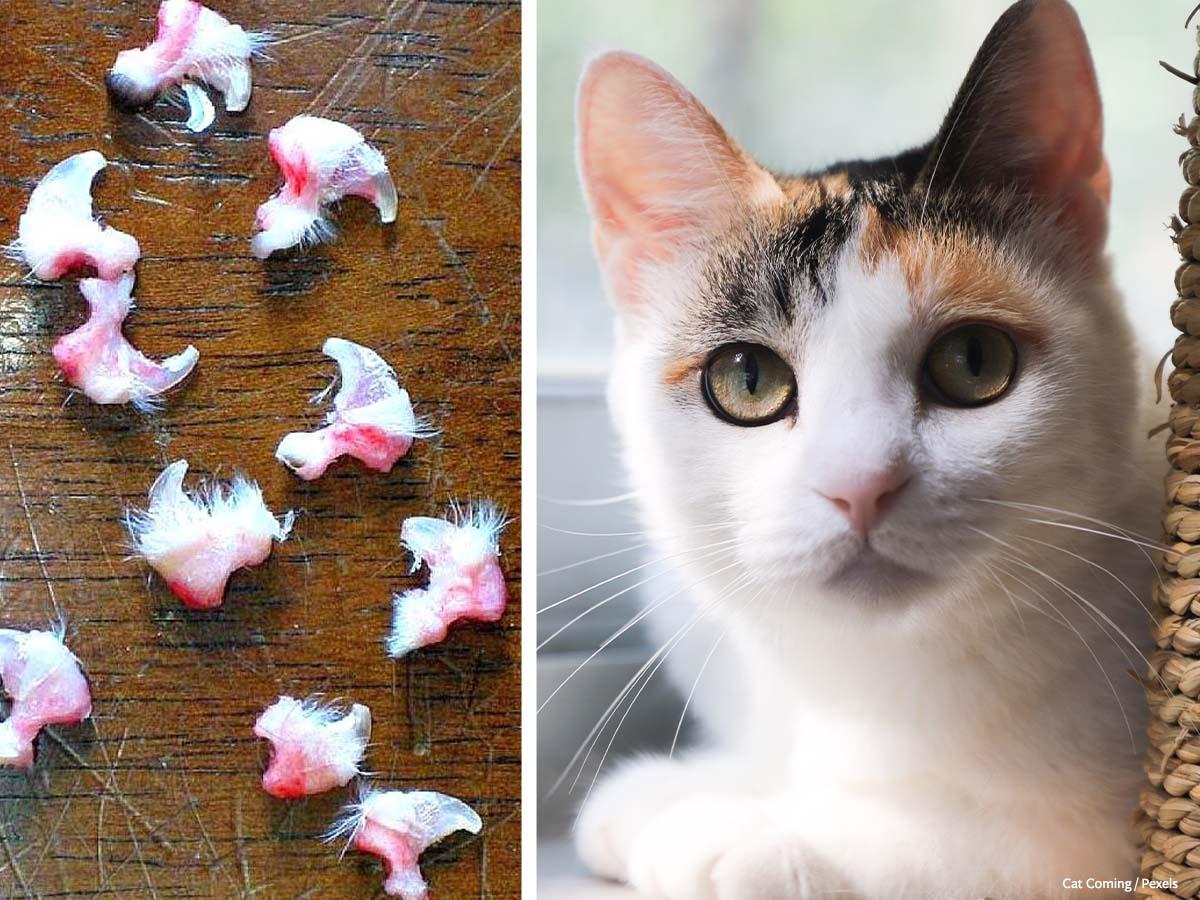
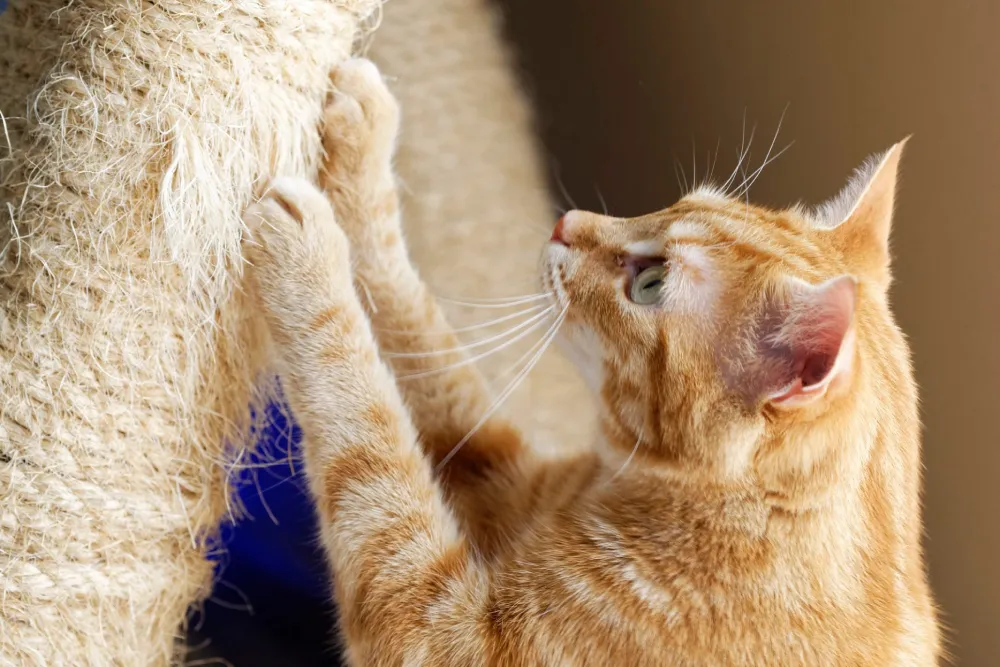
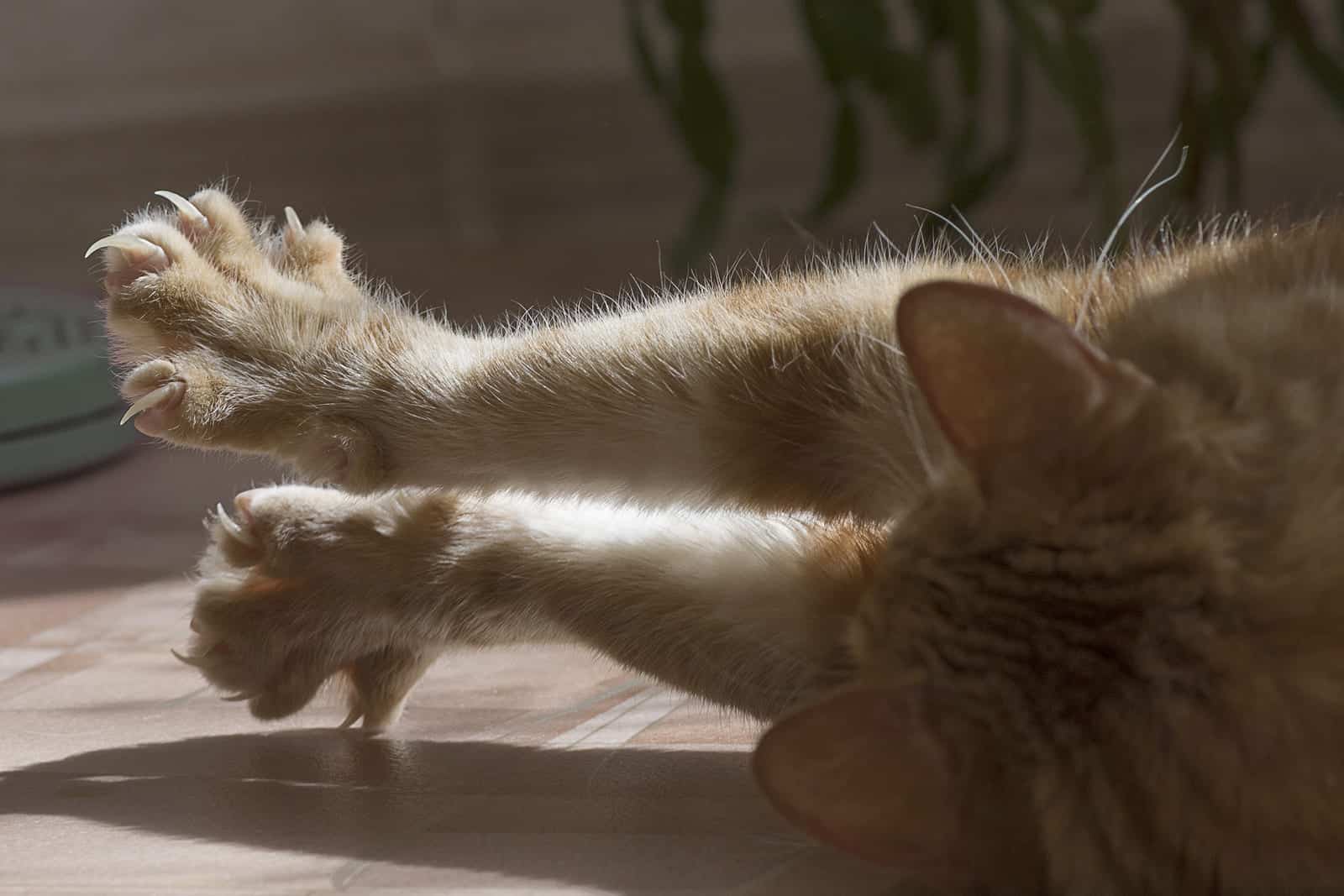


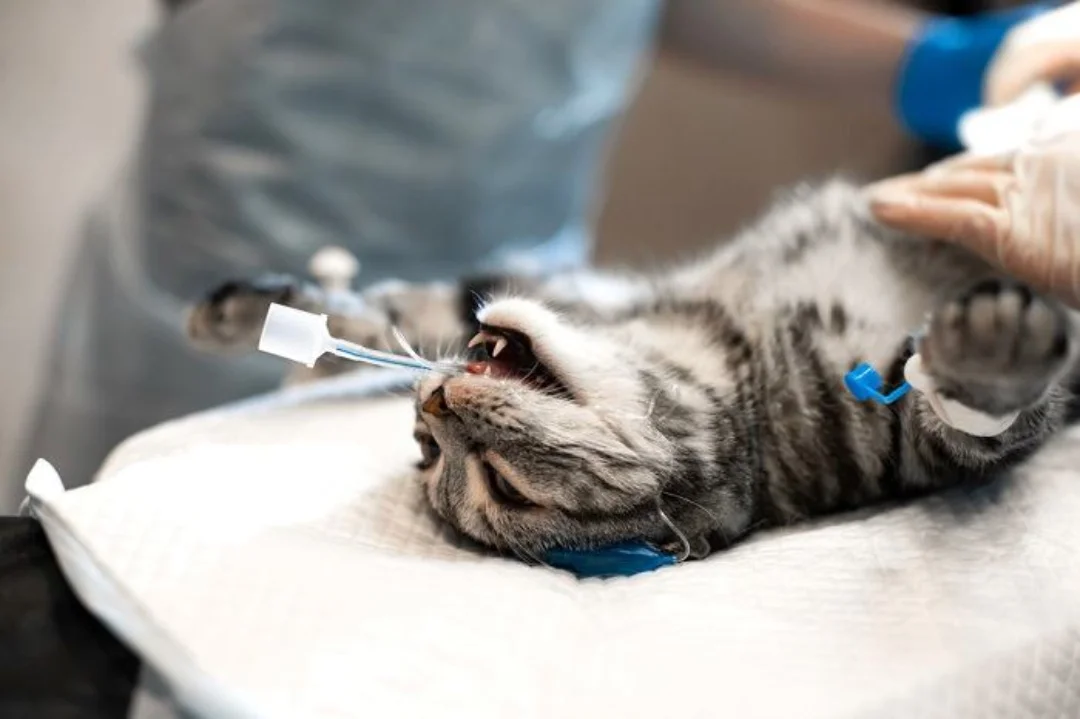
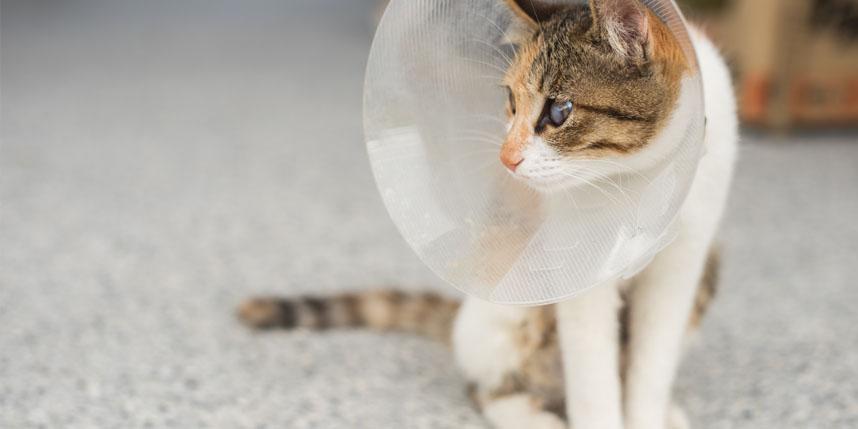


Loading…